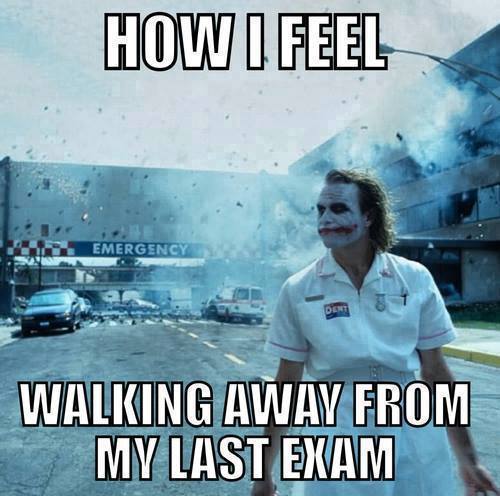Coordinate geometry after reflection
 If the
reflection
of the curve
x
y
=
1
in the line
y
=
2
x
is
If the
reflection
of the curve
x
y
=
1
in the line
y
=
2
x
is
a x 2 + b x y + c y 2 + d x + e y + f = 0 ,
Find value of ∣ a + b + c + d + e + f ∣
Details and assumptions
∙ Here a,b,c,d,e,f are co-prime integers.
Do see vector problem
The answer is 18.
This section requires Javascript.
You are seeing this because something didn't load right. We suggest you, (a) try
refreshing the page, (b) enabling javascript if it is disabled on your browser and,
finally, (c)
loading the
non-javascript version of this page
. We're sorry about the hassle.
3 solutions
I GOT MY ANSWER AS 1 2 x 2 − 7 x y − 1 2 y 2 + 2 5 = 0 .I should rather put mod, SORRY FOR THE CONFUSION wasn't it understood that they are coefficients of x 2 , y 2 , x , y , x y
Log in to reply
Don't Use Capitals word's , Since It means You are shouting at me ! Obeviously not , I meant you should state that what are they , means are they +ve or -ve or they are co-prime or not . Since If you multiply this equation by say 2 , then answer will change , So better way is to state clearly about them. I rephrased it. You can refer that.
I did the parametric way, by assuming parameters for hyperbola and reflecting along the line by equating slope = -0.5. But yours is faster of course
I realised that u mentioned the least value, some one might use A.M-G.M relation and find a different answer, correct me if i am wrong in stating this.
Log in to reply
be careful , AM-GM is applied to only variables , not on constants !
And No , by stating least value It means :
Answer is 1 2 − 1 2 − 7 + 2 5 = 1 8
But if someone while solving this got answer as 2 4 x 2 − 2 4 y 2 − 1 4 x y + 5 0 = 0
then obviuosly his equation is correct , and then may be possible he answer as
2 4 − 2 4 − 1 4 + 5 0 = 3 6
So there are infinite answers.
So avoiding such ambiguty we have to state wheather a,b,c,d,..... are co-prime or something like this . So best Posible way to ask is by asking least value , and it doesn't mean that we have to use AM-GM or any other inequality for finding such value.
It is quite understood that these are constant.
Let a point ( h . k ) lie on reflected curve. then its reflection about line y − 2 x = 0 will lie on x y = 1 . mirror image of ( h , k ) w.r.t y − 2 x = 0 is − 2 x − h + 1 y − k = 1 2 + 2 2 − 2 ( k − 2 h ) where x and y are reflected coordinates. This gives us x = 5 4 k − 3 h and y = 5 4 h + 3 k putting the values of x a n d y in the given curve we get ( 5 4 k − 3 h ) ( 5 4 h + 3 k ) = 1 which on simplifying we get relation between h and k which is the required locus as 1 2 k 2 − 1 2 h 2 − 7 k h + 2 5 thus answer is 1 2 − 1 2 − 7 + 2 5 = 1 8
There should be = sign in the mirror image formula ...
- You can do it by CO-ORDINATE GEOMETRY
- (x-X)/a=(y-Y)/b=-2(aX+bY+c)/(a^{2}+b^{2})
- Where reflection is taken about ax+by+c=0
- (x,y) lie on given curve.
- (X,Y) lie on reflected curve.
For Finding reflection curve we will use matrix method . Since reflection of point ( x , y ) in line y = ( tan θ ) x can be calculate by matrix reflection transformation method , which states that :
( X Y ) = ( cos 2 θ sin 2 θ sin 2 θ − cos 2 θ ) ( x y )
where ( X , Y ) are new co-ordinates of reflection point ( x , y ) . Here tan θ = 2 .
( X Y ) = ⎝ ⎜ ⎛ 5 − 3 5 4 5 4 5 3 ⎠ ⎟ ⎞ ( x y ) ( X Y ) = ⎝ ⎜ ⎛ 5 − 3 x + 4 y 5 4 x + 3 y ⎠ ⎟ ⎞ X = 5 − 3 x + 4 y & Y = 5 4 x + 3 y .
Since in old co-ordinate system : x y = 1 and since after reflecting old point in line mirror we get reflection point which is also lie on old curve , by using simple optics laws. Hence also X Y = 1 ⇒ 1 2 x 2 − 1 2 y 2 − 7 x y + 2 5 = 0 .